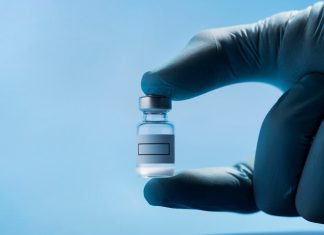
In 2014, due to the introduction of sanctions against Russia, the number of studies conducted by large international pharmaceutical companies fell down dramatically. Even before that, the activity of big pharma was relatively low: the Russian market is not big enough for it.
Two years later, clinical trials by Russian companies peaked again. It was due to the fact that the drugs that began to be developed after the adoption of the Pharma-2020 program have reached the stage of clinical trials.
In the coming years, the clinical trials market is waiting for a new leap, the main engines of which will be domestic manufacturers of innovative products. The reason for that is the fact that from January 1 of this year, all new medicines must receive registration certificates of the EAEU, and before 2025, pharmaceutical companies operating in Russia will have to re-register all drugs in their portfolio according to the rules of the Union. These processes are related to bringing the registration dossier to comply with the rules of the EAEU, which are close to those in force in the European Union. Therefore, the existing dossiers will have to be finalized by conducting clinical trials.
In addition, the provisions of the Federal Law “On the Circulation of Medicines” dated 12.04.2010 No. 61-FZ will come into force in two years. According to them, the state registration of a drug can be canceled if the holder of the registration certificate does not provide, within a set time frame, the results of trials necessary to determine interchangeability . Even now, the interchangeability of drugs is increasingly being evaluated in public procurement. This requires bioequivalence trials, and it is obvious that the number of such studies will continue to grow.
Finally, another driver of the growth in the number of clinical trials in the near future will be the Pharma-2030 strategy. One of its priorities is the development of innovative medicines by domestic companies. It is expected that its adoption will become a powerful incentive for the creation of a large number of domestic medical products. All of them will need clinical trials.
Interestingly, something that makes clinical trials in Russia fundamentally different from trials in other countries is that domestic pharmaceutical manufacturers, unlike big pharma, often conducted clinical trials by using their own resourses, without the services of Contract Research Organizations (CRO). That helped them, over the past ten years, accumulate enormous expertise, and they are ready for almost any challenges in the field of clinical trials.





